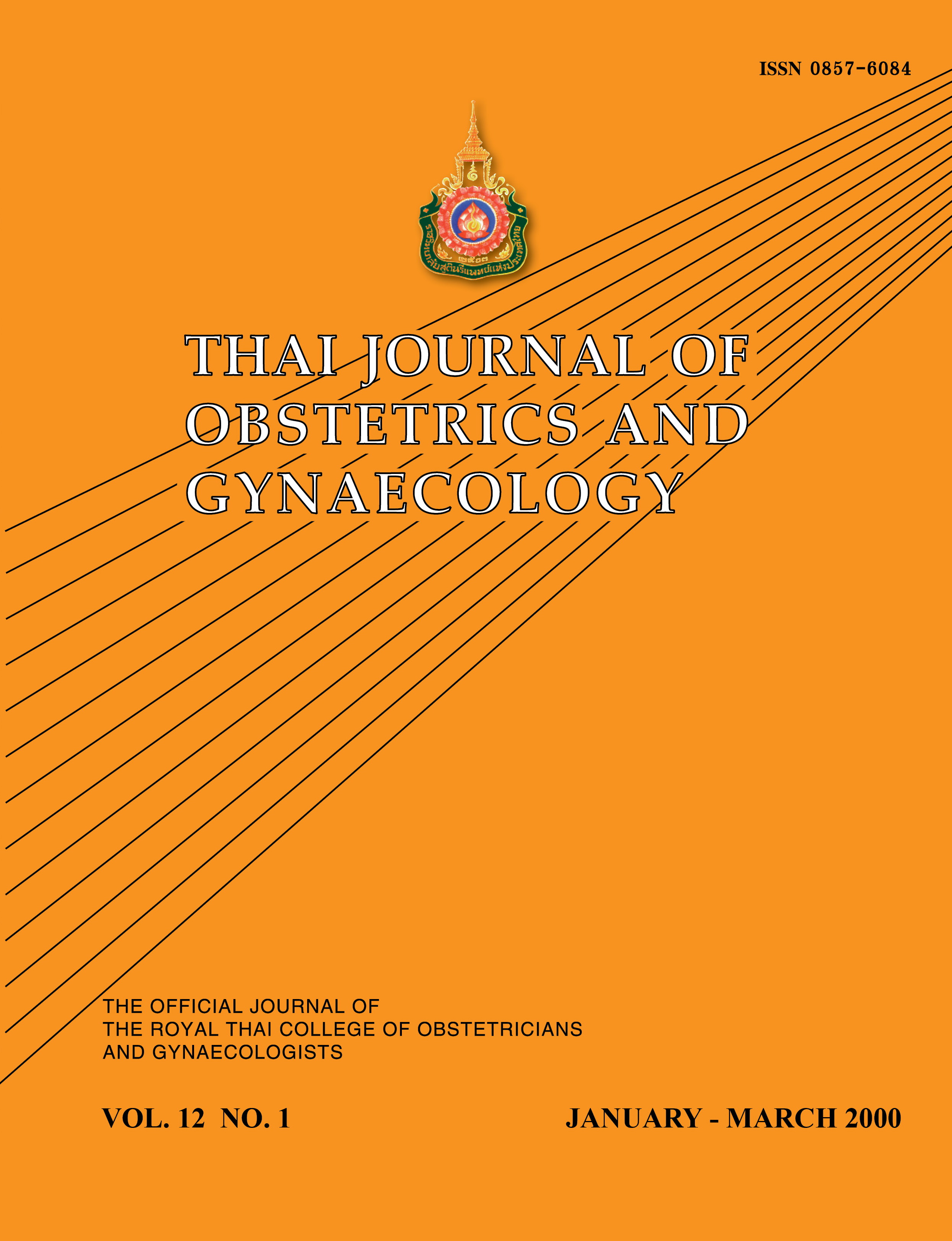Risk Factors Associated with Third and Fourth - Degree Lacerations in Spontaneous Vaginal Deliveries
Main Article Content
Abstract
Objective To compare the influence of episiotomy versus no episiotomy on the perineal state and to identify risk factors for third and fourth-degree perineal lacerations.
Main variables examined Medical records were retrieved for information regarding maternal age, parity, birth weight, duration of second stage of labor, type of episiotomy and perineal lacerations.
Results The research revealed that 28.5% of the patients with no episiotomy retained intact perineum. First degree lacerations were reported in 59.6% of the subjected of which 36.7% did not require suture. Third and fourth-degree lacerations ocurred in 0.7% of the patients. By multiple logistic regression, three significant variables emerged, namely, technique of episiotomy, no episiotomy, fetal birth weight and the duration of second stage of labor. As such, both midline episiotomy and no episiotomy were 5.4 and 4.6 times more risk than mediolateral episiotomy in inducing the third and fourth-degree lacerations, likewise, the risk increased 3.8 fold among those delivering infants with high birth weight (2 3500 gm versus < 3500 gm ) and 2.08 fold among the group experiencing prolonged second stage of labor (2 30 min versus <30 min).
Conclusion These data showed that mediolateral episiotomy was associated with a reduced risk but not eliminated it entirely. No episiotomy was associated with acceptable higher risk as more women were having an intact perineum after delivery. It seems reasonable to suggest that episiotomy should not be performed routinely.
Article Details

This work is licensed under a Creative Commons Attribution-NonCommercial-NoDerivatives 4.0 International License.


